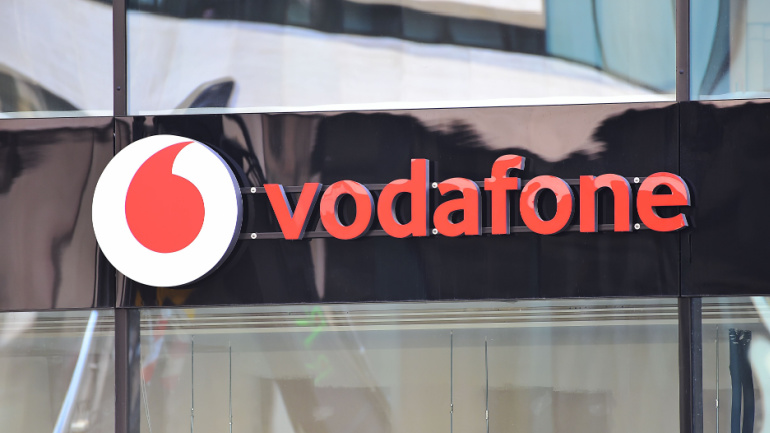In an innovative move, Ericsson and AWS have joined forces to implement a groundbreaking 5G power machine vision system in Hitachi’s manufacturing plant. This system aims to leverage real-time digital visuals, AI, and edge-to-cloud technologies for superior automated error detection. Beyond the norm, it can inspect 24 assembly components simultaneously with high-resolution cameras pinpointing defects at the sub-millimeter range. Such a venture showcases the potential of combining private 5G, cloud, and AI technologies in revolutionizing product manufacturing, even amidst the current market uncertainties.
Transferring 5G workloads to the public cloud is proving slower than expected, leading financial firm Dell’Oro to adjust its growth predictions for 5G standalone (SA) solutions down. Despite this, a growth rate of 65% over five years is still anticipated. However, the slow adoption of 5G SA by mobile network operators and enterprises has led to a cautious approach. Hyperscale cloud providers look set to hold just 6% of total market revenue in the next five years, underscoring the remaining untapped potential in the 5G SA market.
Amid declining telco capital expenditures impacting vendor profits, private cellular networking shines as a beacon of hope. Recent research reveals a significant 60% YoY increase in Q2 revenues for private cellular networking equipment, offering new revenue streams for industry giants like Ericsson and Nokia. However, with greater benefits come complex challenges that, if overcome, could potentially catapult the market worth to a substantial $7.7 billion by 2027.
Despite the seemingly lagging global investment in standalone 5G networks, promising trends in the telecom sector indicate an upcoming surge. With minimal progress indicated by Global Mobile Suppliers Association’s statistics, the industry pins hopes on major moves from operators like New Zealand’s Spark and Vodafone. Meanwhile, the increasing adoption of 5G SA in private networks for various sectors shows an encouraging forecast. The journey towards profitable 5G investments seems complex, yet strides are being made in the right direction.
The future of telecommunications is rapidly changing thanks to the surge of Internet of Things (IoT) connections, with an anticipated 142 million 5G IoT roaming connections by 2027. This evolution promises increased speeds, reduced latency, and advanced services, setting the stage for a demand surge in standalone-specific 5G roaming agreements. However, despite these advancements, most connected devices will continue utilizing LTE-M and NB-IoT networks due to their compatibility with mixed traffic. A major hub for 5G IoT roaming is Western Europe, anticipated to host 21% of all such connections by 2027.
Ningbo, a vibrant economic hub in China, is transforming into a smart manufacturing center, committing itself to superior digital infrastructure. The heart of this strategy encompasses a six-layered approach focused on efficient information transmission that fosters industry digitization. With established leadership in 5G industrial internet, and over 600 private networks already deployed, the city provides a gateway to the digital future. Innovation extends beyond large corporations, with solutions ranging from on-premise to lightweight 5G private networks, thus catering to businesses of all sizes. The impact is far-reaching and the future, promising, as China Mobile Ningbo aims to address industry-specific challenges with targeted 5G solutions.
Vodafone UK’s launch of 5G Ultra, a standalone 5G service, marks a significant milestone in the UK telecom market, offering faster speeds and improved battery life. However, with limited device support and potential focus on B2B applications, will competitors follow suit?
CSPs and hyperscalers collaborate to develop innovative end-to-end solutions for diverse connectivity options, such as Mobile Private Networks and 5G Network Slicing. Cloud-native approaches, cross-domain OSS automation, and evolving RAN and Transport domains contribute to optimizing their partnership, unlocking new revenue prospects, and expanding market opportunities.
Network slicing has become a popular topic in telecoms discussions, particularly in relation to the benefits of 5G for industrial or business applications. It is believed to improve the reliability and performance of connectivity in situations where network congestion or mission-critical operations are at stake. With the rollout of 5G Standalone, network slicing is becoming an increasingly important aspect of B2B installations.
Ericsson and Telia join forces to establish the Baltics’ first enterprise 5G network at a key supply site in Estonia, aiming to enhance productivity, agility, and sustainability, while enabling connected use cases like asset monitoring, digital twins, and more. This collaboration also boosts Ericsson’s growing private 5G offerings and emphasizes the potential of private 5G networks in driving innovation across various industries.













